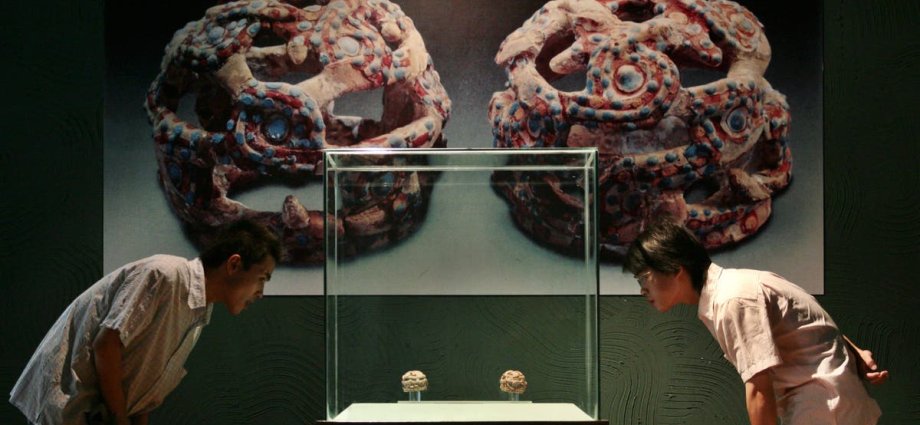Archaeologists have unearthed over 100 strange Stone Age jade artefacts in inner Mongolia, shedding more light on the origins of Chinese civilisation.
Among the relics uncovered at the Yuanbaoshan archaeological site in Chifeng city are three jade dragons of different colours and sizes, each over 5,000 years old.
One of the jade dragons, the size of a palm and emerald green in colour, is the largest of its kind found in northern China, according to Xinhua news agency.
These “pig-headed dragons” differ significantly from more modern depictions of the mythical beast. They are related to the Stone Age Hongshan culture that once flourished in Inner Mongolia and the nearby provinces of Liaoning and Hebei.
This ancient culture is known for making some of the earliest jade artefacts in the world, especially as part of its burial rituals.
“The variety of jade artefacts discovered fills important gaps in our understanding of this ancient civilization’s jade usage,” Sun Jinsong, the director of the Inner Mongolia Institute of Cultural Relics and Archaeology, was quoted as saying by Archaeology News.
Human remains and pottery unearthed at the site indicate the artefacts indeed belong to the Hongshan culture.
More than 1,100 Hongshan culture sites have been excavated so far, mostly in and around southeastern Inner Mongolia and western Liaoning.
The burial mound unearthed in the recent dig is the largest yet discovered in Inner Mongolia related to the Hongshan culture.
The culture’s sites have also provided some of the earliest examples of the Chinese art of feng shui, which used astronomy to find links between humans and the universe.
One of the relics unearthed in the latest dig is a jade headgear resembling an artefact made by another faraway culture in what is now the Anhui province.
Archaeologists suspect there were likely long-distance exchanges between the two populations.
Recent research suggests the people of the ancient culture likely moved south as their region changed into a desert due to climate change about 4,000 years ago. Hongshan culture, according to many experts, exerted an influence on the development of the early Chinese civilisation.











